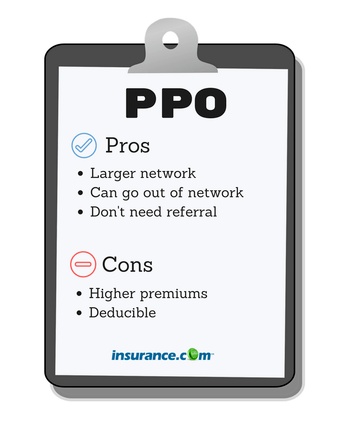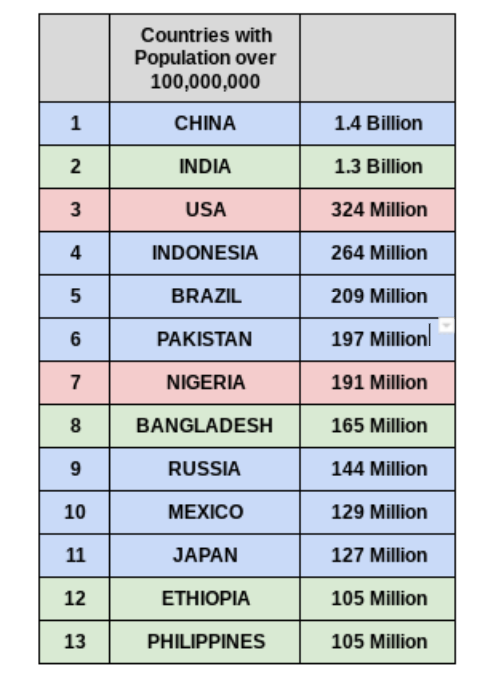In other words, high medical expense people generally would not understand they are in the risk swimming pool. Assuming they have maintained continuous coverage, high-risk individuals are anticipated to pay the very same rate for their health insurance coverage as individuals who are healthy. In addition to the differences between Obamacare and Trumpcare, there are likewise crucial variations between the plans introduced by the Legislature vs.
health care coverage in the future, you will require to be able to discover the finest insurance prepare for you and your family. You can compare plans at eHealth, and deal with our certified brokers in any state to choose a strategy that fulfills your needs and budget plan. Our expert services are readily available at no charge to you and we can help you register in strategy by phone, through our chat, or online.
Democrats counter that this "strategy" is a phantom, a Mental Health Doctor dream, something President Trump and other Republicans keep promising but never deliver. It's as though the GOP says, "We have a plan to make cars and truck theft unlawful!" while its members walk around smashing people's cars and truck windows (what purpose does a community health center serve in preventive and primary care services?). On a simply accurate basis, the Democrats are definitely proper. 9% Medicare payroll surtax on incomes over that threshold and a 3. 8% tax on net investment earnings. The latter tax is steeply progressive, with the top 1% paying 90% of the tax, as financial investment earnings is extremely focused with the rich. The ACA also developed a penalty tax (related to the private required) for people without sufficient insurance, an excise tax on companies with 50 or more employees who offer inadequate coverage, yearly charges on medical insurance companies, and the "Cadillac tax" (yet to be carried out as of 2017) on generous employer-sponsored health plans.
The Republican politician expenses (AHCA and BCRA) essentially reverse all of the taxes, charges and costs and delay the "Cadillac tax" further. The Tax Policy Center approximated in March 2017 that the AHCA would significantly minimize taxes for the wealthy, with those IRS tax systems (an approximation for families) making over $200,000 each year (the top 6%) getting 70.
Those with earnings over $1 million (the top 0. 4%) would see a tax decline of $51,410 on average, receiving 46% of the benefit. In basic, those with earnings over $50,000 would see a tax cut, while those with income listed below $50,000 would see a tax increase. Those with income below $10,000 would see a tax cut also, however this benefit would be offset in general by reductions in Medicaid accessibility.
How Many Health Care Workers Have Died From Covid - The Facts

The Center on Budget and Policy Priorities (CBPP) reported that "Your house costs would represent the biggest transfer in modern-day U.S. history from low- and moderate-income people to the very wealthy." CBPP also composed: "Millionaires would gain roughly $40 billion in tax cuts yearly ... approximately equivalent to the $38 billion that 32 million homes in hardship would lose from cuts to their tax credits and Medicaid." Medicaid is the U.S.
It is the main payer of assisted living home care. The ACA (existing law) broadened Medicaid eligibility; 31 states and the District of Columbia executed the growth. Roughly 41% of Medicaid enrollees are white, Addiction Treatment Facility 25% are Hispanic, and 22% are black. The percentage of white receivers in key swing states are 67% in Ohio, 59% in Michigan, and 58% in Pennsylvania.
Many of the cost savings (deficit reduction) under AHCA and BCRA is because of reductions in Medicaid spending and protection relative to present law. CBO estimated that there would be 15 million less Medicaid enrollees relative to existing law by 2026, the biggest element of the reduced coverage discussed above.
This would reduce Medicaid spending in 2036 from 2. 4% GDP under existing law to 1. 6% GDP. The reductions are driven by decreased financing to states for those who became covered under the Medicaid growth in the existing law (ACA), minimizing the inflation index used to compute per-enrollee payments to states, and removing protection mandates.
According to scientists at the Milken Institute School of Public Health at George Washington University, the AHCA legislation would lead to a loss of 924,000 tasks by 2026. The group also studied the BCRA, which would cost an approximated 1. 45 million tasks by 2026, including over 900,000 in healthcare.

The Best Strategy To Use For Why Doesn't America Have Universal Health Care
Further, gross state products would be $162 billion lower in 2026. States that expanded Medicaid would bear the force of the financial effect, as government funds would be lowered more significantly. Under both the ACA (existing law) and the AHCA, CBO reported that the health exchange marketplaces would remain steady (i.
Yale Law School teacher Abbe R. Gluck, the director of the Solomon Center for Health Law and Policy, https://gundandrn8.doodlekit.com/blog/entry/12339095/what-does-how-much-do-home-health-care-agencies-charge-mean writes that Republican elected authorities have actually taken a range of actions to "sabotage" the ACA, developing uncertainty that has actually likely negatively affected enrollment and insurance provider participation, and after that insisting that the exchanges remain in difficulty as an argument for repealing the ACA.
Medical insurance author Louise Norris mentions that Republicans undermined the ACA through: Suits, both successful (Medicaid growth limited) and not successful (mandates and insurance coverage aids supported). Claims pending, such as whether cost-sharing subsidies should be paid. President Trump is threatening not to pay these aids. Avoidance of appropriations for transitional financing (" danger corridors") to consistent insurance coverage markets, resulting the personal bankruptcy of lots of co-ops using insurance.
Decrease to funding for advertising for the 2017 exchange enrollment period. Continuous persistence, in spite of CBO assertions to the contrary, that the exchanges are unsteady or in a "death spiral". Social Security expenses would reduce due to earlier mortality: "CBO likewise estimates that expenses for Social Security benefits would reduce by about $3 billion over the 20172026 period." Medicaid expenditures would increase due to lower access to contraception.
Every year one in 830 uninsured Americans pass away in a method which could have been avoided with much better health care. A Congressional Budget Office report suggests an additional 16 million individuals would be left uninsured causing 19,277 avoidable deaths. Other uninsured people would develop agonizing chronic conditions or permanent impairments which might have been prevented with health insurance coverage.
Rumored Buzz on When Does Senate Vote On Health Care Bill
The AHCA will include age-based tax credits for those who make less than $75,000, or $150,000 for joint filers. The expense would have needed insurance provider to cover pre-existing conditions. The AHCA utilized a standard of 'continuous coverage', specified by a 63-day coverage space, where an individual who presently has insurance and is changing insurance providers will not pay a higher rate with their brand-new insurance company.